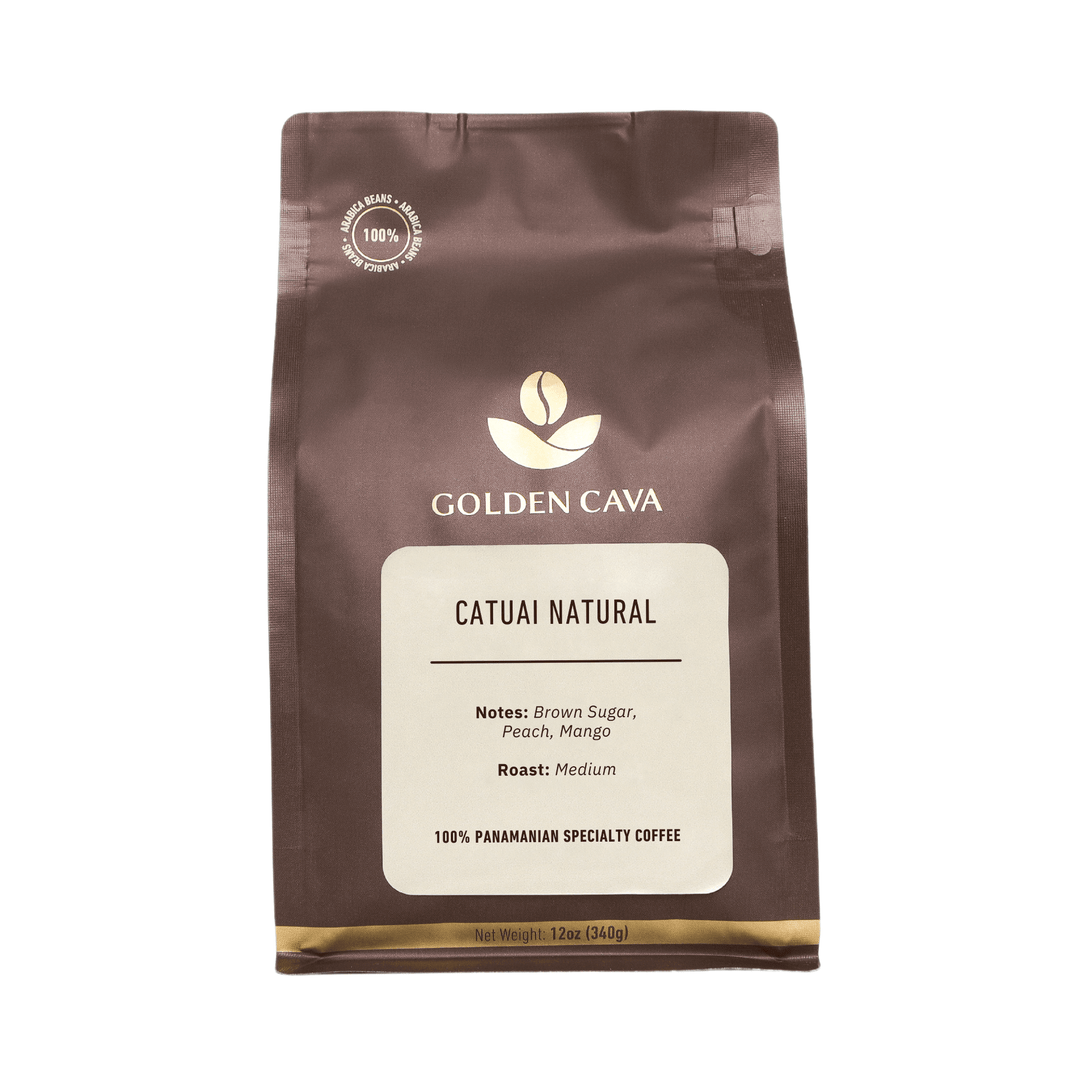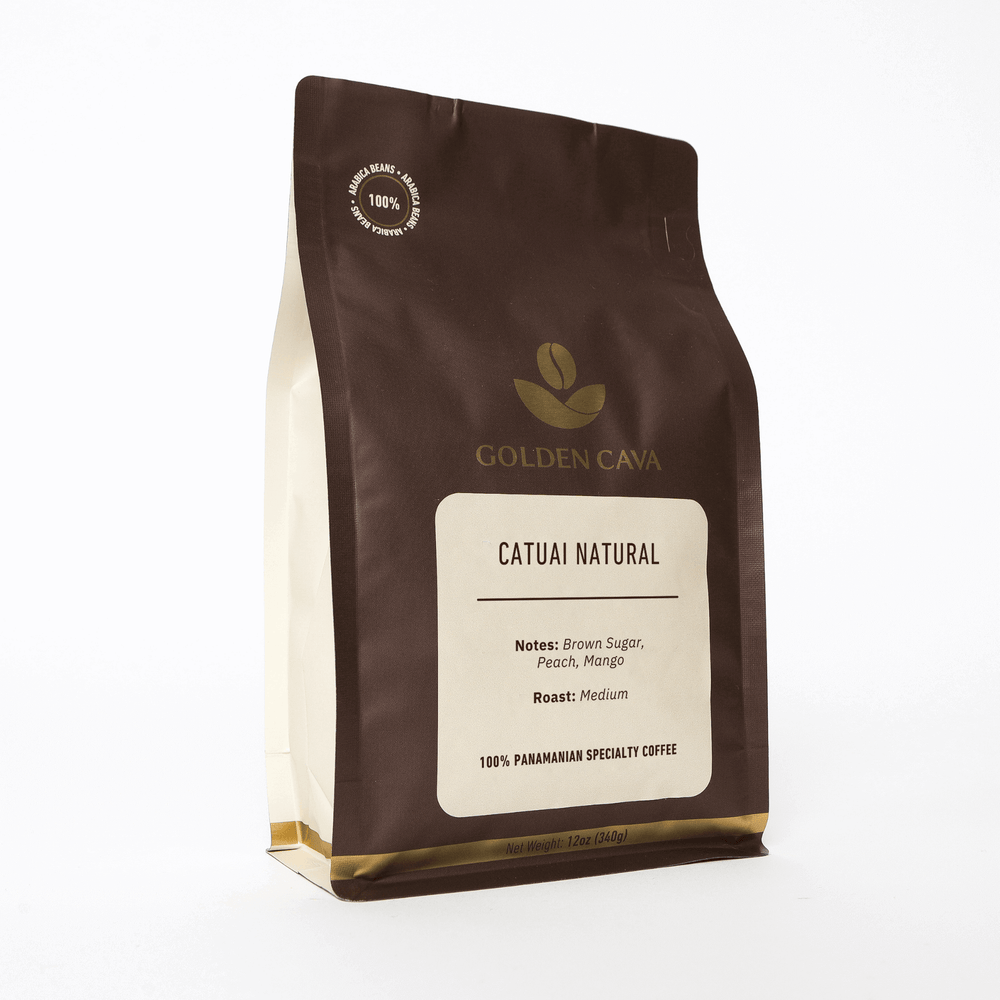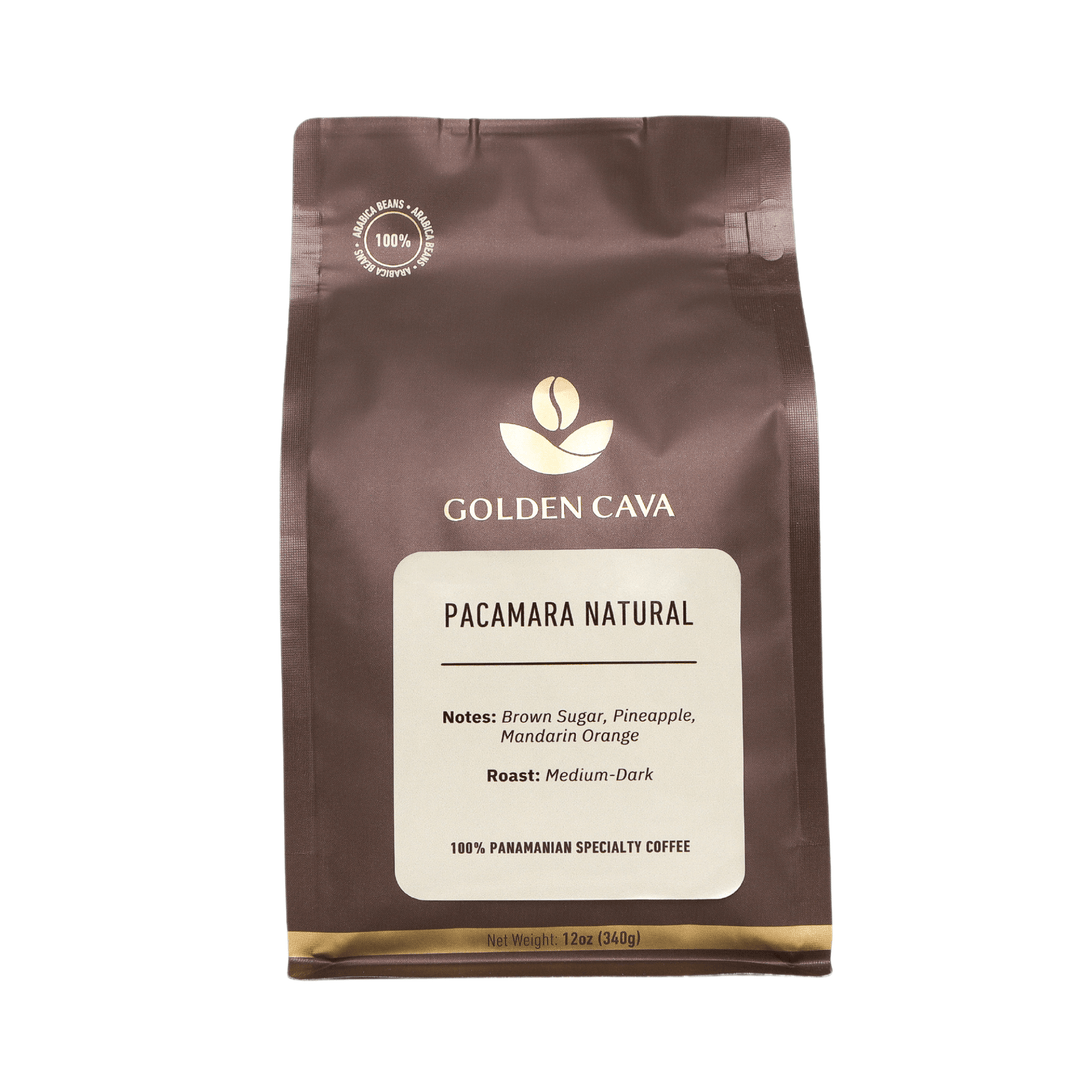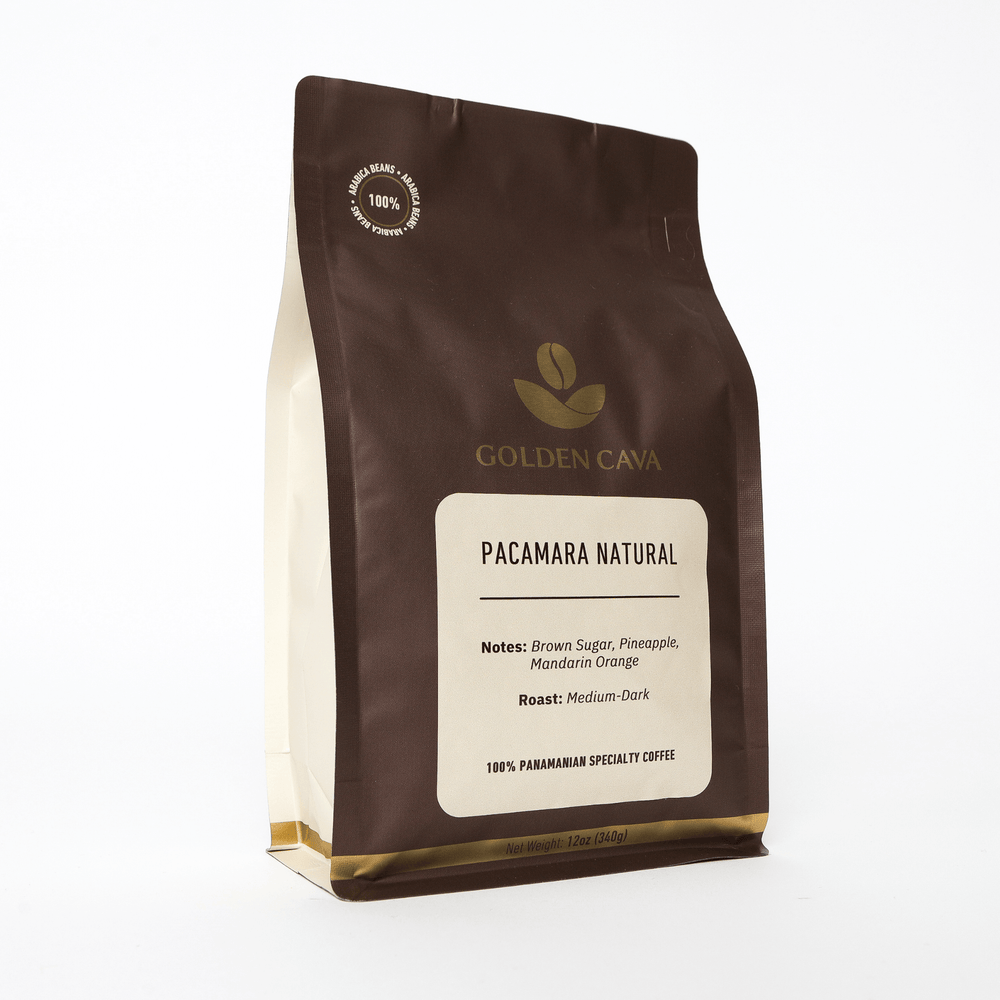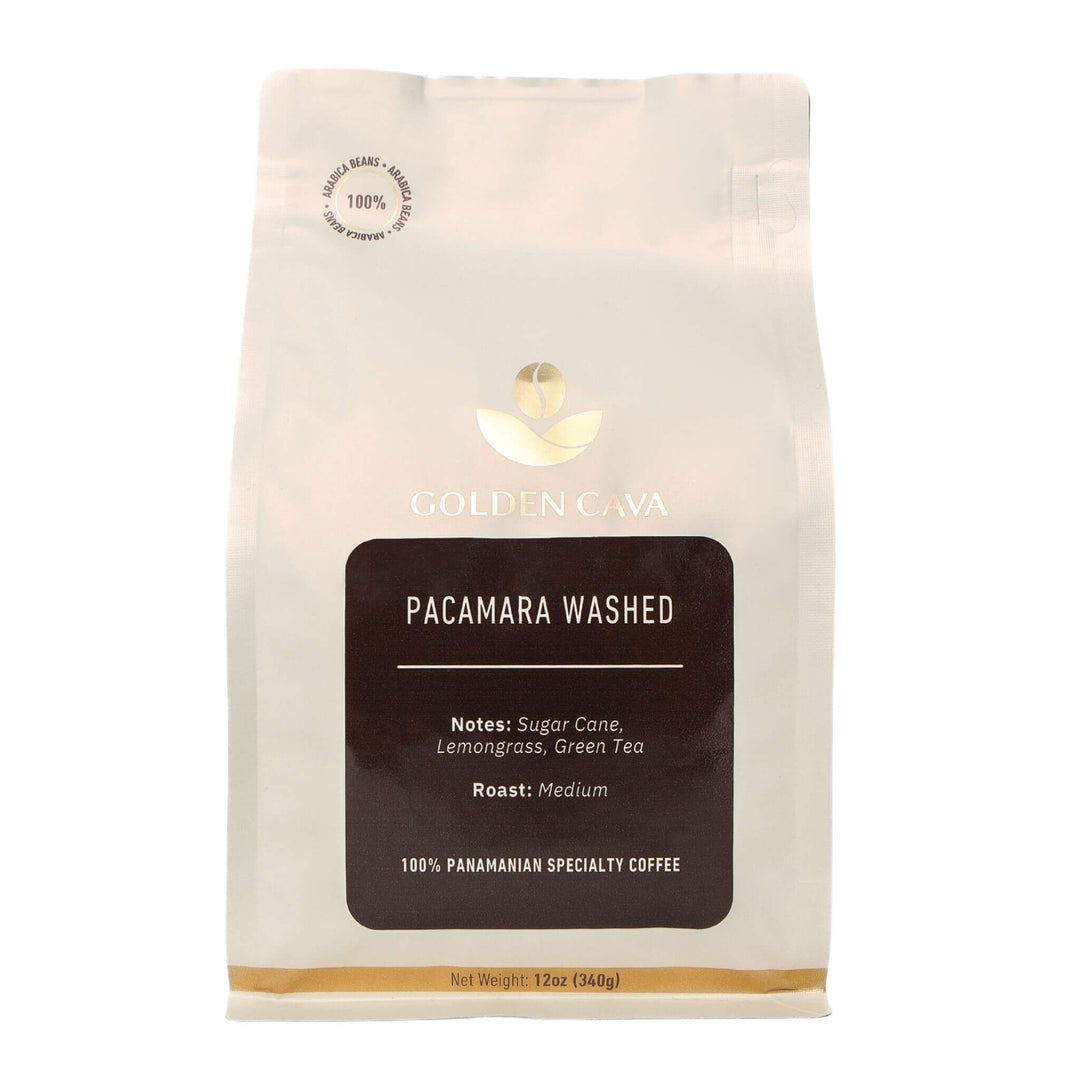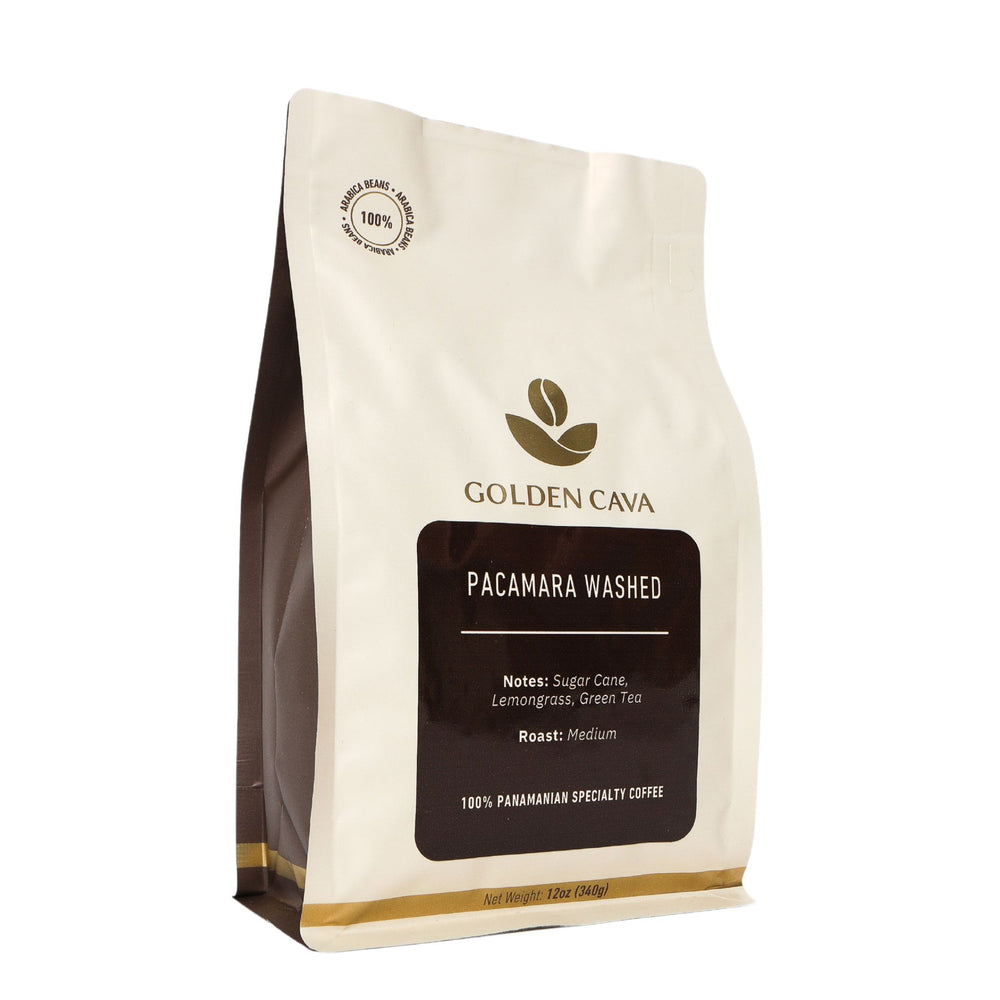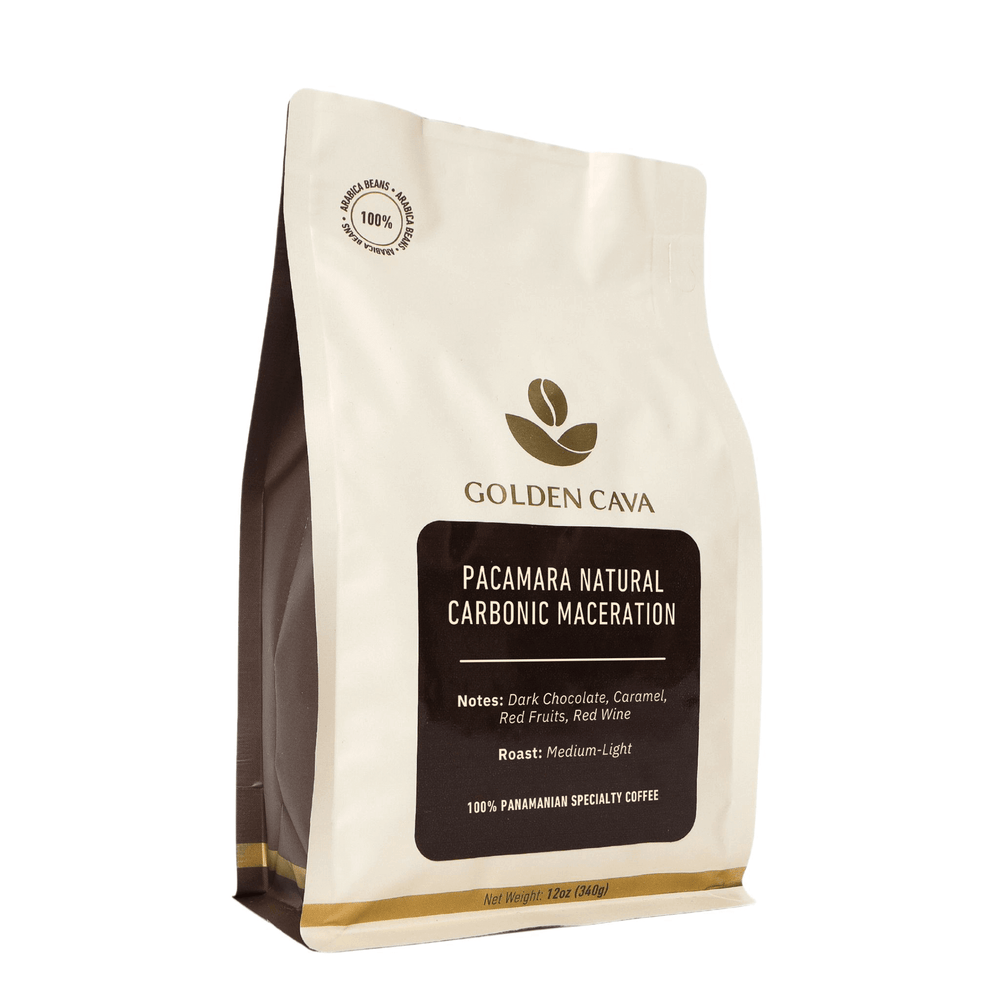Why is my coffee watery?" This query often resonates with coffee aficionados who eagerly await their morning brew, only to be met with an unsatisfactory taste. To truly appreciate a cup of coffee and its potential, it's imperative to delve deep into the brewing intricacies that could cause a diluted taste.
First and foremost, examining the brewing process and equipment might illuminate the reasons behind a watery tasting coffee. The grind size, often overlooked, plays a pivotal role in determining the strength and flavor of your coffee. You can transform the entire under-extracted coffee grind experience by tweaking the grind.
Furthermore, brewing temperature is not just a number. It's a fine balance that ensures each flavor note from your coffee beans is optimally extracted. Similarly, paying heed to the extraction time can spell the difference between a rich, full-bodied brew and a lackluster one.
Lastly, the world of coffee roasts is vast and diverse. Venturing out and experimenting with different roasts could answer our initial question: why is my coffee watery? Through careful adjustments and a bit of experimentation, achieving that perfect cup is within reach.
Table Of Contents:
- 1. Understand the Causes of Watery Coffee
- 2. Adjust Your Grind Size
- 3. Check Your Brewing Temperature
- 4. Monitor Your Extraction Time
- 5. Experiment with Different Roasts
- Frequently Asked Questions Why is My Coffee Watery
- Stay Away From a Watery Cup Of Coffee!
1. Understand the Causes of Watery Coffee
Having your freshly brewed coffee taste watery and weak is one of the most disheartening things that can happen. Several things can lead to that result, but don't worry. Let us help you determine why your coffee is so weak in flavor.
Coffee Beans Quality
The flavor of your coffee heavily depends on the quality of the beans used to make it. Poor quality beans have a weak flavor profile and produce a watery cup. Invest in high-quality, freshly roasted beans from reliable sources to avoid this problem.
Inaccurate Coffee-to-Water Ratio
Another common reason for a weak coffee flavor is using less water in the recipe. An unsatisfying cup of coffee results from too much water during brewing. The standard ratio of ground coffee to water is 15 grams (about two tablespoons) per eight ounces (240 milliliters).
Tips for Measuring Accurately:
- Weigh Your Ingredients: You can do that by using a kitchen scale to ensure consistent measurements when making coffee.
- Volumetric Measurements: You can substitute measuring spoons or cups for a scale if necessary, but keep in mind that the results may not be as accurate as when using a scale.
Poor Brewing Technique or Equipment
Watery coffee can also result from improper brewing methods or broken appliances. The manufacturing process often leaves instant coffee tasting watery. In addition, some drip coffee makers don't get the water hot enough to extract all the flavor from the beans, resulting in watery, underpowered cups of joe.
Solutions:
- Upgrade Your Equipment: If you want more say in the coffee-brewing process, it's worth it to invest in high-quality equipment like an automatic pour-over machine or a French press.
- Try Different Brewing Methods: If you're looking for a stronger and more flavorful cup of coffee, try experimenting with different brewing methods like cold brew, AeroPress, or espresso.
More specific adjustments, such as grind size, brewing temperature, extraction time, and roast choice, will be discussed in the following sections of this article so that you can finally say goodbye to watery coffee.
Understanding the causes of watery coffee is essential to ensure you're brewing a quality cup every time. By adjusting your grind size, you can further refine and customize your coffee experience.

2. Adjust Your Grind Size
Coffee that tastes too watery often suffers from an improper grind size. How finely or coarsely you grind your beans will have a major impact on the coffee's taste and strength. Coffee that tastes too watery can be fixed by experimenting with different grind sizes.
Fine vs Coarse Grinds
When the coffee beans are ground finely, more of their surface area is exposed to the water during brewing, and thus more flavor is extracted. Ground coarse coffee may not be fully extracted and may taste weak.
- Fine grinds: Adaptable to the high pressure employed by espresso machines and AeroPress Coffee Makers.
- Medium grinds: The optimal extraction time for drip coffee makers and pour-over brewers.
- Coarse grinds: A French press or cold brew coffee is ideal to avoid over-extracting flavors from the grounds.
Tips on Finding Your Perfect Grind Size
- If you're fortunate enough to have a burr grinder at home, experiment with its grind settings: fine, medium, or coarse, to discover the taste profile that resonates most with you. Feel free to seek advice from a knowledgeable local barista or coffee shop for guidance on grinding your beans based on your brewing method.
- Extraction time plays a pivotal role in the brewing process. Consider revisiting the grind size if your coffee doesn't strike the right chord. Opt for a finer grind for expedited extractions and a coarser grind for those that require more time. It's a balancing act: striving for a robust coffee flavor without veering into over-extraction or bitterness.
- Keep in mind that distinct brewing techniques call for varying grind sizes. While espresso machines are partial to fine grinds, methods like the French press and cold brew favor coarser textures. Broaden your horizons by trying out diverse brewing tools such as the AeroPress Coffee Maker or Nespresso machines and pinpoint the one that best aligns with your palate and lifestyle.
In conclusion, if you want to avoid watery coffee and make the perfect cup of java every time, you need to adjust your grind size. Try different things out; finding out what works best for you is half the fun.

3. Check Your Brewing Temperature
The precise temperature at which you brew your coffee is more than just a detail—it's a decisive factor that can make or break the quality of your cup. Should your coffee carry a watery taste, an inaccurate brewing temperature might be the culprit. This temperature discrepancy can impede the extraction process, ushering in an unsatisfactory weak or watery outcome.
For the perfect cup, it's essential to calibrate the water temperature to your preferred brewing technique.
Why is Brewing Temperature Important?
The importance of the brewing temperature lies in its role in extracting flavors from coffee beans. When the temperature is set too low, you risk under-extraction, leaving you with a coffee that tastes both sour and disappointingly thin. On the other hand, temperatures that soar too high might push the extraction process too far, resulting in a regrettably bitter cup.
Ideal Brewing Temperatures by Method
- Drip Coffee Machines: Most drip coffee equipment are set to brew at temperatures ranging from 195°F (91°C) to 205°F (96°C). Before beginning the brewing process, ensure that your machine is properly heated.
- French Press: Water temperatures should be between 195°F (91°C) and 205°F (96°C) for French press users.
- Aeropress Coffee Makers: Aeropress recommends using water heated to about 175°F (80°C), but some coffee experts also recommend experimenting with slightly higher temperatures.
- Cold Brew Coffee: Room-temperature or cold water is typically used in cold brew; steeping time should be increased to compensate for the lower temperature. This method usually takes 12-24 hours to steep.
How to Measure and Adjust Brewing Temperature
Investing in a high-quality thermometer or kettle with an in-built temperature control can help you achieve consistent brewing results. Here are some suggestions for fine-tuning the temperature at which you brew:
- If you're using an electric kettle without built-in temperature control, heat the water until it reaches boiling point (212°F/100°C), then let it cool down for about 30 seconds before pouring over your coffee grounds.
- For stovetop kettles, use a thermometer to measure the water's temperature as it heats up. Remove from heat once it reaches the desired range.
- For cold brew coffee, use water at room temp or cooler and modify the steep time as needed.
Paying attention to your brewing temperatures and making necessary adjustments can help you avoid watery coffee and enjoy a more flavorful cup of coffee every time.
Checking your brewing temperature is critical to making a delicious cup of coffee. Monitoring your extraction time for an optimal brew to further enhance the flavor is critical.

4. Monitor Your Extraction Time
Your coffee's flavor and intensity highly depend on the extraction time. If your coffee tastes watery, it may be because the coffee grounds weren't properly extracted during the brewing process. If your coffee tastes watery, try lengthening or shortening the extraction time.
Brewing Methods and Their Ideal Extraction Times
To achieve optimal flavor profiles, different brewing methods necessitate different extraction times. Here are some common brewing methods and the recommended extraction times for each.
- Drip Coffee Machines: These devices typically take around 5 minutes to brew hot coffee properly.
- Aeropress Coffee Makers: Aim for 1-2 minutes extraction time for this manual method, depending on the strength you prefer.
- Nespresso Coffees: Nespresso machines use pressure-based systems to extract flavors quickly – typically in 25-30 seconds.
- Cold Brew Coffee: This slow-brewing process, which can take anywhere from 12 to 24 hours, yields a smooth, low-acid beverage ideal for those who prefer cold drinks or have sensitive stomachs.
Finding the Perfect Balance with Brewing Time
Ensuring a rich and robust coffee doesn't come merely from selecting quality beans—it also lies in the meticulousness of the brewing process. If you're grappling with a watery cup of coffee, it may be time to reevaluate and perhaps lengthen your brewing time slightly beyond what's typically recommended.
To replicate or tweak these alterations in future brews effortlessly, keep a record of these alterations. It's worth noting that the ideal coffee is subjective; thus, feel free to adjust until you uncover your personal favorite.
Tips for Proper Brewing Techniques
To finesse your coffee-making skills, consider these invaluable insights from seasoned coffee connoisseurs:
- Preheat Your Equipment: Consistency is key. Preheating your coffee apparatus, be it the coffee maker or the cup itself, ensures a steady temperature during brewing, making for a richer flavor.
- Maintain Consistent Water Temperature: Aim to hover your water temperature between 195-205°F (90-96°C) for an optimal brew. This range strikes a balance, allowing for perfect extraction without the pitfalls of under or over-extraction.
- Bloom Your Coffee Grounds: Start your brewing process by allowing your coffee grounds a moment to 'bloom.' This entails pouring a bit of hot water to let the grounds degas. This process, spanning roughly 30 seconds, can effectively rid the coffee of any trapped gasses that might compromise its flavor. Factors like the beans' freshness and the grind size can influence blooming time.
By embracing these techniques in your coffee-making ritual, you're addressing the watery coffee dilemma and enhancing each sip's flavor and richness. Moreover, dabbling in different roasts can further allow you to refine and personalize your coffee's profile.

5. Experiment with Different Roasts
Trying out various roasts is a great way to avoid getting watery coffee. If you want your coffee to taste and be as strong as you want, experimenting with different roast levels is a must.
A. Lighter Roast Coffee
Coffee roasted less deeply tends to have a more vibrant acidity and a softer flavor profile. Coffee with more acidity and nuanced flavor can be achieved by switching to a lighter roast.
B. Medium Roast Coffee
If you're looking for a coffee that's more robust than a light roast but not as intense as a dark one, you should try a medium roast that falls somewhere in the middle. If you want a less watery coffee without sacrificing complexity or depth of flavor, try medium roasted beans.
C. Dark Roast Coffee
Dark roast coffee is for those who enjoy strong, robust flavors in their beverages. Longer roasting times produce lower acidity levels and richer tastes, making these beans ideal for those who want to avoid a watery flavor without sacrificing flavor intensity.
- Note: Remember that the roast level isn't the only factor in making great coffee. A well-balanced and flavorful brew results from careful attention to grind size, water temperature, and brewing procedure.
You can find a brew that suits your tastes by experimenting with different roasts and preparation techniques, such as the pour-over, French press, or cold brew. Don't be afraid to try new things; your coffee will taste different depending on your method.
Keep in mind that the pursuit of the ideal brew is an ongoing process of exploration and discovery. You can avoid watery coffee for good by experimenting with different roasts and brewing methods, paying close attention to details like grind size and extraction time.

Frequently Asked Questions Why is My Coffee Watery
Why is my coffee coming out so watery?
Your coffee may be watery due to an incorrect grind size, a low brewing temperature, or insufficient extraction time. Adjust these variables to improve the consistency and flavor of your coffee.
Why is my coffee watery and bitter?
Coffee roasted less deeply tends to have a more vibrant acidity and a softer flavor profile. Coffee with more acidity and nuanced flavor can be achieved by switching to a lighter roast.
How do I make my coffee thicker?
To make your coffee thicker, try using a finer grind size, increasing the brewing temperature slightly (within safe limits), extending the extraction time moderately, or experimenting with darker roasts that produce bolder flavors. Changing the water-to-coffee ratio can also contribute to a richer brew.
Stay Away From a Watery Cup Of Coffee!
The watery flavor of your coffee could be due to several factors. You can start to enhance the flavor of your brew by adjusting the grind size, checking the brewing temperature, and monitoring the extraction time. Trying different roasts may help improve the flavor if my coffee is too watery. So if you are still wondering why is my coffee watery wonder no more. You can improve the flavor of your coffee with some experimentation.
Get the most out of your coffee brewing with Golden Cava. Come along and learn how to improve your coffee making skills right now


